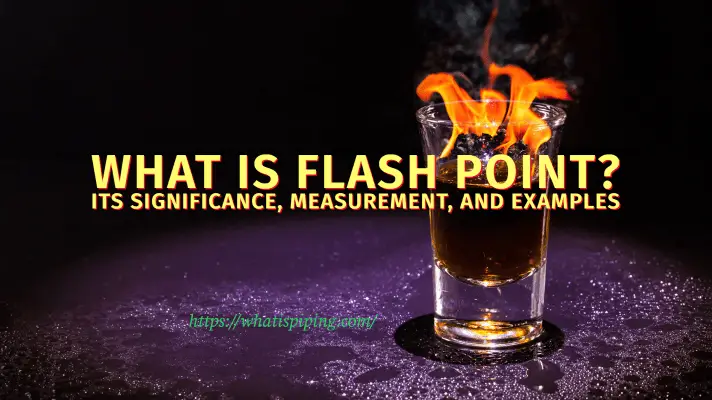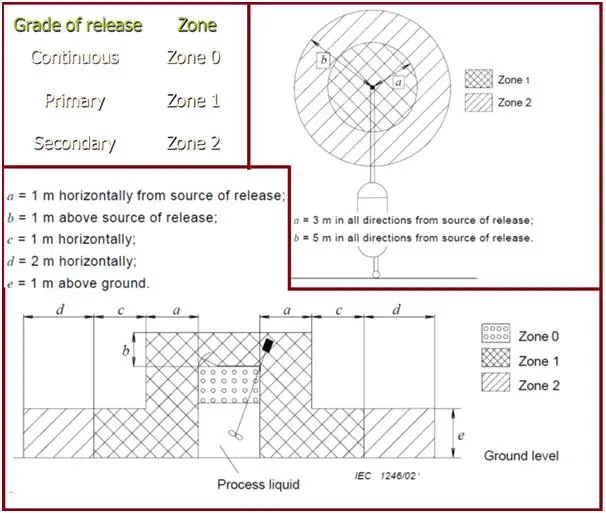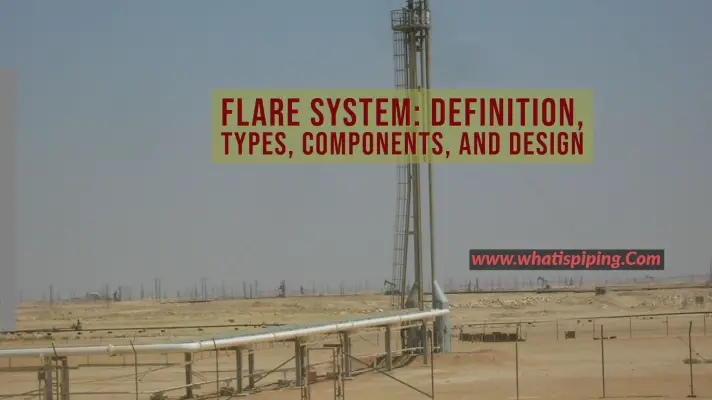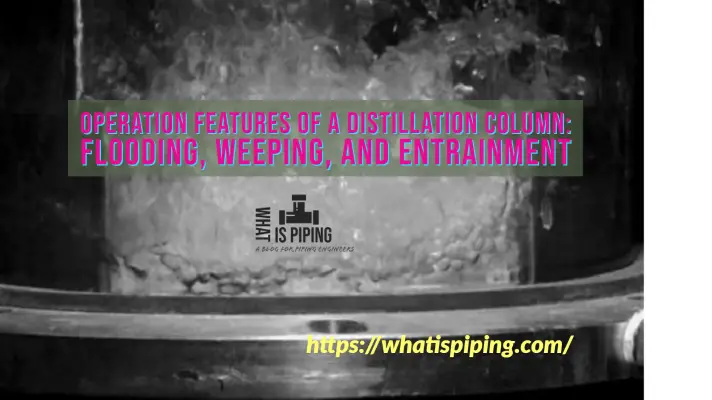In the realm of fire safety, the flash point of a liquid is often discussed as a critical parameter determining its flammability. However, there is another equally important characteristic that goes hand-in-hand with the flash point: the fire point. While both concepts relate to the ignition of vapors, understanding the fire point provides deeper insights into the behavior of liquids when exposed to an open flame. In this article, we will learn the significance of the fire point, how it differs from the flash point, and its implications for fire safety.
What is Fire Point?
The fire point of a substance is the lowest temperature at which the vapor of that fuel will continue to burn for at least five seconds after ignition by an open flame of standard dimension. This means at the fire point, the combustion sustains and continues to burn.
At the flash point which is a lower temperature than the fire point, a substance will briefly ignite but may not sustain. The fire point is not measured and information about the fire point is normally not available. A thumb rule is followed to assume the fire point to be about 10 °C higher than the flash point.
The Difference Between Flash Point and Fire Point
The flash point and fire point are both measurements of a liquid’s temperature at which it emits enough vapors to form a flammable mixture with air. However, the main difference lies in the conditions under which ignition occurs:
Flash Point: The flash point is the lowest temperature at which the vapors of a liquid ignite momentarily upon exposure to an open flame or spark. At this point, the ignition is temporary, and the flame does not sustain itself after the ignition source is removed.
Fire Point: The fire point, on the other hand, is the temperature at which the vapors of a liquid ignite and sustain combustion even after removing the ignition source. In other words, once ignited, the liquid will continue to burn.
The main differences between Flash Point and Fire Point and tabulated below:
| Property | Flash Point | Fire Point |
|---|---|---|
| Definition | The temperature at which vapors ignite and sustain combustion even after removing the ignition source. | Temperature at which vapors ignite and sustain combustion even after removing the ignition source. |
| Ignition Duration | Momentary ignition that extinguishes once the ignition source is removed. | Sustained combustion even after removing the ignition source. |
| Implications | Indicates the potential for ignition and fire initiation. | Reflects the severity and persistence of a fire incident. |
| Safety Assessment | Helps evaluate the risk of a substance igniting. | Assesses the extent of damage and the ability to control a fire. |
| Firefighting | Used to develop firefighting strategies and select suitable extinguishing agents. | Helps firefighters control and extinguish a fire efficiently. |
| Handling & Storage | Used to determine safe handling and storage measures. | Influences material selection for storage tanks and equipment. |
| Relevance in Safety | Critical in understanding fire hazards and prevention measures. | Crucial for assessing fire severity and devising appropriate responses. |
| Example | Gasoline has a flash point of around -40°C to -45°C | Gasoline has a fire point of approximately -30°C to -35°C |
The Importance of Fire Points in Fire Safety
Real-World Scenarios:
Understanding the fire point is crucial in real-world fire scenarios. While the flash point indicates the potential for ignition, the fire point helps gauge the severity of a fire incident. A substance with a low flash point but a high fire point may present a more significant fire risk than one with a higher flash point and a lower fire point.
Safe Handling:
The fire point is a vital consideration when handling and storing flammable liquids. It helps determine the appropriate safety measures and fire suppression methods needed to control potential fires.
Firefighting Strategies:
Firefighters rely on the fire point data to develop effective firefighting strategies. Knowledge of the fire point helps them choose the right extinguishing agents and methods to combat and control liquid fires.
Material Selection:
Engineers and designers consider the fire point when selecting materials for storage tanks, pipelines, and other equipment that may come into contact with flammable liquids. This ensures that the materials can withstand the potential hazards associated with the fire point of the stored liquid.
Conclusion
While the flash point serves as an essential indicator of a liquid’s flammability, the fire point provides a more comprehensive understanding of its fire behavior. In fire safety planning and risk assessment, both parameters should be taken into account to develop effective strategies for handling flammable liquids safely and minimizing the risks associated with fire incidents. A comprehensive understanding of the fire point empowers us to make informed decisions, promoting safer practices in the storage, transportation, and usage of flammable liquids in our daily lives and industries.








